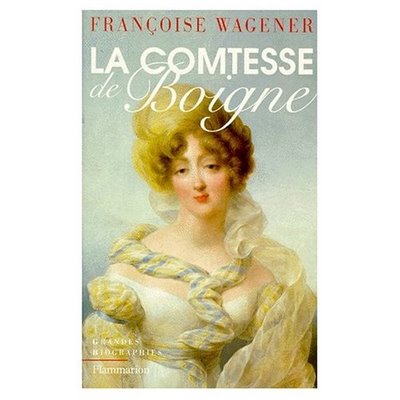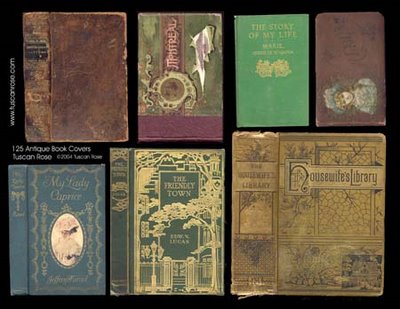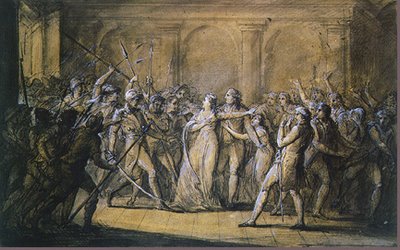 Congratulations to our winners, Maureen and Abookworm! See here for the contest winners announcement.
Congratulations to our winners, Maureen and Abookworm! See here for the contest winners announcement.
Sigh! As much as we love this happy ending, it is so difficult to say good-bye to Lizzie and Darcy (even if they might have a wish to be private for a little while. You know, to work on an heir)
Here are a few ways to linger in this lovely world Jane Austen and the BBC filmmakers created for us.
Pride & Prejudice Paradise This is a fun site with lots of things to explore, like “Missing Scenes” and (my favorite) “Did You Notice” which is something akin to P&P bloopers.
Here’s another P&P website – A Pride & Prejudice Photo Album This includes music that will be familiar to all who have seen P&P and photos from the companion book that was part of our prize.
And you just might want to peruse this Colin Firth biography It begins with this little suggestion:
“Try it as an experiment; walk into any pub or restaurant and shout out “Cab for Mr Darcy!” The result will always be the same. No man will express the slightest interest, but every woman’s eyes will brighten, a coy smile of delight will appear on her lips and her head will revolve as close to 360 degrees as is possible. Just in case it’s him – THE Mr Darcy.”
Don’t we all know this is true.
I am certain we Riskies will return to Colin Firth and Pride & Prejudice again, never fear.
Here’s a total but wonderful change of subject!
This past weekend I was at the New Jersey Romance Writers Conference with my fellow Riskies, Elena Greene and Janet Mullany. Both of these ladies were finalists for the Golden Leaf Award for Best Regency. Elena for Lady Dearing’s Masquerade and Janet for Dedication.
It was a tough battle, but Janet Mullaney won for Dedication. She has a very pretty lucite award to show for it, too. Contests have been good for the Riskies this year.
And now on to new obsessions…..
This week the Trailer for the movie “300” was shown on TV and in movie theaters. A version of it can be seen online. “300” is based on Frank Miller’s graphic novel of the same name, about the Spartans and the Battle of Thermopylae. Gerard Butler plays King Leonidas, so I’ve been, let’s say, interested in this movie. From how the trailer appears, “300” is going to be an amazing visual experience, and I am not just talking about the–um–costumes. The movie will be released in March 2007.
Hey. I just realized that March 2007 will be the month my next Mills & Boon/Harlequin Historical will be released. Remember Rose, the singer, from A Reputable Rake? Innocence & Impropriety tells her story.
I also have a Christmas novella, “A Twelfth Night Tale” in Mistletoe Kisses, Harlequin’s Regency Christmas anthology coming in Nov 2006. You’ll hear more of that soon.
Have any of you read Frank Miller’s graphic novel “300“?
Have any of you read a graphic novel?
I’m tempted to buy “300” to see what it is like.
Here is my little preview for you.

Cheers!
Diane











